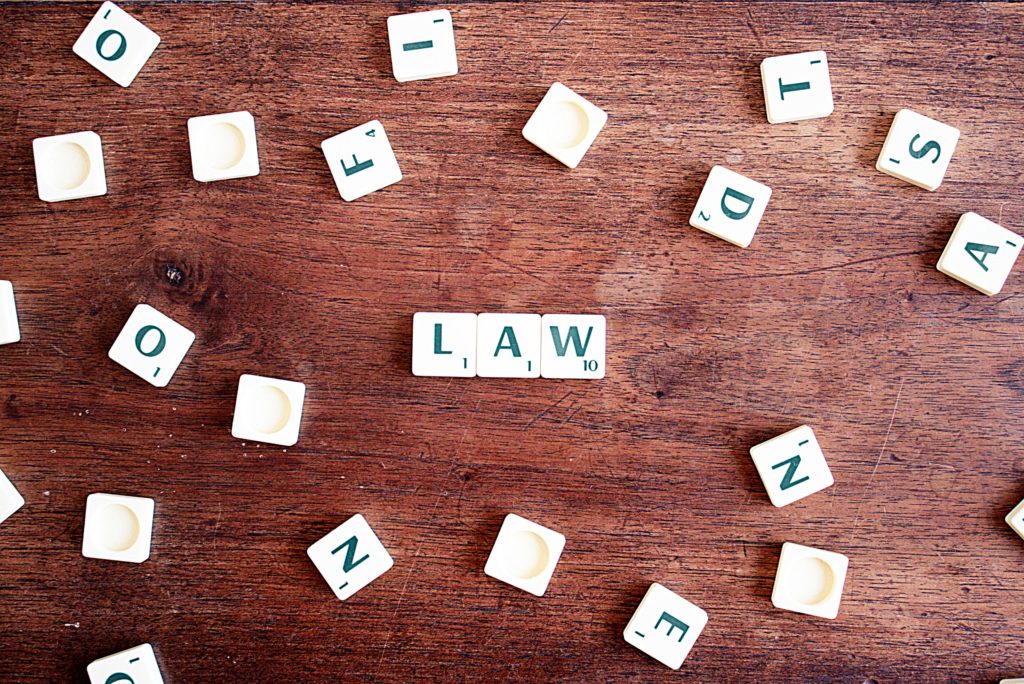Unites States Code (USC) vs. Code of Federal Regulations (CFR)

CCK Law: Our Vital Role in Veterans Law
There are two main places where laws and regulations regarding veterans’ benefits are outlined. They are the United States Code (USC) and the Code of Federal Regulations (CFR). Veterans may be familiar with these from seeing them mentioned in VA decisions. In this blog, we look into how they are different and where veterans should look for certain rules and laws that can be helpful for the VA claims.
The United States Code (USC)
The United States Code (USC) is made up of the official federal statutes of the United States, and contains 53 titles. It includes laws passed by Congress, also called statutes.
USC Statutes that Veterans Should Know
There are many, many statutes outlined in the USC that pertain to veterans benefits. However, to give examples of how the USC is important for veterans in their claims for benefits, we outline some statutes that veterans should know.*
USC § 1111, presumption of sound condition
The presumption of sound condition, also referred to as the presumption of soundness, holds that all veterans are presumed to be of sound condition when they enter service, unless it is otherwise noted at the time of the veteran’s entrance examination to service.
USC § 1116, presumption of service connection for diseases associated with herbicide exposure and the presumption of exposure for veterans who served in the Republic of Vietnam
This statute outlines the conditions that VA is to recognize as associated with herbicide exposure as it pertains to presumptive service connection. It also states that veterans who served “in the Republic of Vietnam during the period beginning on January 9, 1962, and ending on May 7, 1975” are presumed exposed to herbicides.
USC § 1159, protection of service connection
The protection of service connection states that VA cannot sever service connection of a disability that has been service connected for ten years or more, unless the original grant of service connection was based on fraud or it is discovered that the veteran did not have the required service or character of discharge.
USC § 5303, certain bars to benefits
This statute outlines factors that disqualify veterans from receiving VA benefits such as receiving a discharge or dismissal by reason of a sentence of a general court-martial.
*Veterans should keep in mind that these are just a few examples of statues in the USC, and the USC contains statutes pertaining to many aspects of the VA disability system.
The Code of Federal Regulations (CFR)
The Code of Federal Regulations (CFR) contains all of the regulations promulgated by executive agencies. In the context of veterans law, the CFR contains the regulations put in place by VA that put statutes from the USC into administrative practice. Title 38 of the CFR contains those regulations that pertain to veterans benefits. Regulations in the CFR can change every year, so it is important to stay updated with the most recent version as it relates to veterans benefits.
Regulations can also be worded differently than their corresponding statute since they are VA’s practical implementation of the statutes.
Regulations Veterans Should Know from 38 CFR
Title 38 of the CFR pertains to pensions, bonuses, and veterans’ relief. The regulations in Title 38 of the CFR are what guide VA in the process of making decisions on claims for VA disability compensation. Title 38 covers all aspects of the VA disability process, however, we outline some regulations that veterans should be familiar with for their claims for VA benefits.**
38 CFR § 3.12, character of discharge
This regulation states that VA benefits are not payable to a veteran, or a veteran’s dependents for dependency and indemnity compensation, unless the veteran received a discharge under conditions other than dishonorable.
38 CFR § 3.156, new and material evidence
New and material evidence is the evidentiary standard for reopening a claim for benefits. After a VA decision becomes final, the veteran must submit new and material evidence in order to reopen that claim.
38 CFR § 3.102, reasonable doubt.
This regulation is frequently referred to as the Benefit of the Doubt doctrine, and it holds that if there is an approximate balance of positive and negative evidence for a veteran’s claim, the benefit of the doubt goes to the veteran. In practice it means that if there is as much evidence against a claim as there is for a claim, VA is supposed to decide in favor of the veteran.
38 CFR § 3.159, Department of Veterans Affairs assistance in developing claims.
VA’s duty to assist is part of the non-adversarial nature of the VA claims process. 38 CFR § 3.159 outlines VA’s duty to assist veterans in their claims for disability benefits, including what that duty consists of and when it is triggered.
*Veterans should keep in mind that these are just a few examples of statues in the USC, and the USC contains statutes pertaining to many aspects of the VA disability system.
**Veterans should keep in mind that these are just a few examples of regulations in the CFR, and the CFR contains regulations pertaining to many other aspects of the VA disability system.
About the Author
Share this Post
